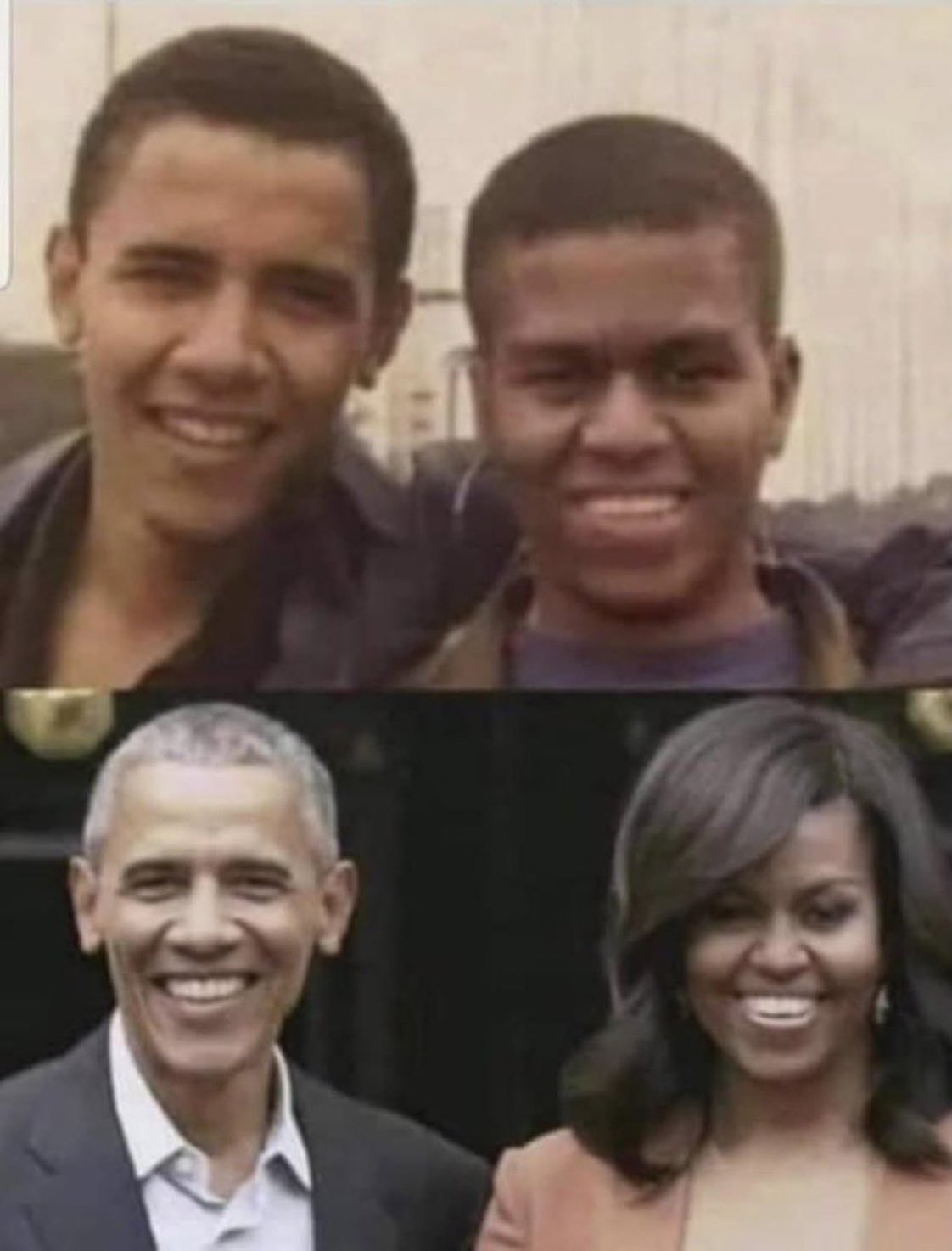What You Need To Know

The Big Mike Conspiracy Theory has captivated the imaginations of many, sparking debates and discussions across various platforms. In this article, we will delve into the origins, claims, and implications of this controversial theory. By examining credible sources and expert opinions, we aim to provide you with a comprehensive understanding of this intriguing topic.
As with any conspiracy theory, it is essential to approach the Big Mike narrative with a critical mind. The theory suggests that certain public figures may not be who they claim to be, raising questions about identity, gender, and societal norms. This article will explore the various angles surrounding the theory and why it has gained traction among certain groups.
In the following sections, we will break down the Big Mike Conspiracy Theory into digestible parts, providing insights and analyses to help you navigate this complex subject. Whether you are a skeptic or a believer, this comprehensive overview will equip you with the knowledge to form your own opinion.
Table of Contents
Background of the Big Mike Conspiracy Theory
The Big Mike Conspiracy Theory primarily revolves around the notion that Michelle Obama, the former First Lady of the United States, is not who she appears to be. This theory posits that she is actually a transgender woman, with the nickname "Big Mike" often used derisively by those who support this claim.
The origins of this conspiracy theory can be traced back to various social media posts and fringe websites that have circulated images and videos purportedly supporting the claims. The theory has gained traction particularly among certain political factions and online communities that are skeptical of mainstream narratives.
Key Events Leading to the Theory
- The rise of social media and the spread of misinformation.
- Political polarization and the need for alternative narratives.
- Past controversies surrounding the Obama administration.
Claims Made by Proponents
Supporters of the Big Mike Conspiracy Theory make several bold claims, including:
- Allegations regarding Michelle Obama's physical appearance and behavior.
- Supposed evidence of gender reassignment surgery.
- Claims about the Obamas' private life and family dynamics.
These claims often rely on selective interpretations of photographs, videos, and statements made by the Obamas. Proponents argue that these pieces of evidence are indicative of a larger cover-up.
Evidence Supporting the Theory
While the evidence presented by supporters is largely anecdotal, some proponents point to specific instances that they believe corroborate their claims. This includes:
- Unusual body language and gestures.
- Alleged discrepancies in physical features.
- Social media posts that they interpret as revealing.
However, it is crucial to scrutinize this evidence critically, as many of these assertions lack concrete validation.
Counterarguments and Criticism
Critics of the Big Mike Conspiracy Theory argue that the claims are unfounded and rooted in prejudice rather than facts. Some key counterarguments include:
- The importance of context in interpreting images and videos.
- Claims often stem from a misunderstanding of gender identity.
- Lack of credible evidence to support the assertions made.
Experts emphasize the need for a more nuanced understanding of gender and identity, rejecting the binary views often presented by conspiracy theorists.
Expert Opinions on the Theory
To gain a well-rounded perspective, we consulted experts in sociology, psychology, and political science. Their insights shed light on the motivations behind such conspiracy theories:
- Many conspiracy theories arise from societal fears and anxieties.
- The role of confirmation bias in perpetuating false narratives.
- How misinformation spreads and the importance of media literacy.
Cultural Implications of the Theory
The Big Mike Conspiracy Theory reflects broader cultural tensions regarding race, gender, and politics. It raises important questions about:
- The intersection of identity and public perception.
- The impact of conspiracy theories on political discourse.
- How social media shapes our understanding of reality.
Understanding these implications is vital for addressing the underlying issues that fuel such narratives.
Conclusion
In conclusion, the Big Mike Conspiracy Theory is a complex narrative that intertwines elements of identity, politics, and societal fears. While proponents present various claims and pieces of evidence, it is essential to approach these with a critical mindset and consider the broader context.
We encourage you to engage with this topic thoughtfully. Join the conversation by leaving a comment below, sharing this article, or exploring related content on our site.
By fostering informed discussions, we can collectively navigate the challenges posed by conspiracy theories and misinformation in today's society.
ncG1vNJzZmivmaC2b7XSrJirrZKWe6S7zGiqsKGWqbCivtNqaGiamZx6rrXKnmScp56ovaq%2BwJywZqyYmryzxY2hq6ak